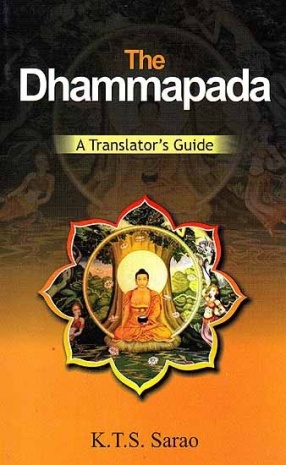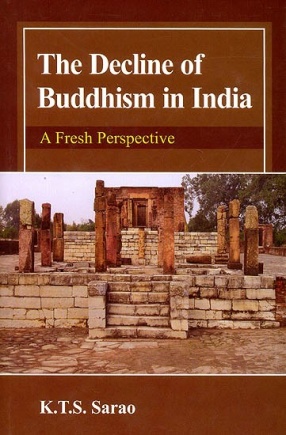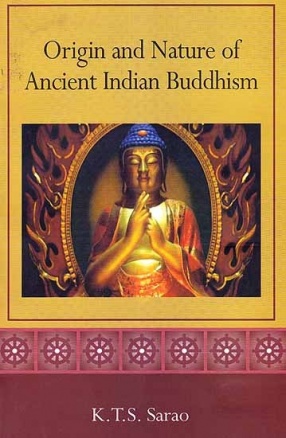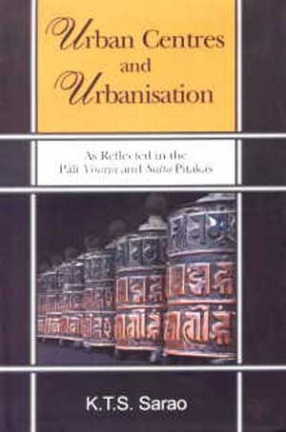
K.T.S. Sarao

Showing all 6 books



This is the first translation of the Dhammapada that gives the original Pali with a word for word meaning and grammatical explanation. The basic purpose in so doing is to provide an opportunity to the readers to learn the etymology and meaning of each word. Such a presentation would also offer an opportunity to them to appreciate and enjoy something of the original language which is very profound and concise. Below each verse transliteration of Devangari words is ...

It is almost impossible to provide a continuous account of the near disappearance of Buddhism from the plains of India. This is primarily so because of the dearth of archaeological material and the stunning silence of the indigenous literature on this subject. Interestingly, the subject itself has remained one of the most neglected topics in the history of India. In this book apart from the history of the decline of Buddhism in India, various issues relating to ...


The Pali Vinaya and Sutta Pitakas are the best, if not the only, textual material available on the so-called Second Urbanisation, which may correctly be called the Ganga Urbanisation. An attempt has been made in this book to collect textual as well as archaeological data on individual urban settlements mentioned in the Pali Vinaya and Sutta Pitakas. Along with this, the origin of urban society in the Ganga Valley and settlement hierarchy have also been discussed. ...

Since times immemorial, Indian renuciates have been going on pilgrimage to Mount Kailash and lake Manasarovar. But after the take over of Tibetan by China, this pilgrimage stopped in 1959. However, as a result of the Sino-Indian treaty signed in 1981 and a limited from of religious liberazation in Tibet, the Chinese government agreed to let in SMALL NUMBERS OF Indian passport holders every year to enter Tibet directly from India via the Lipu lekh crossing and go ...

